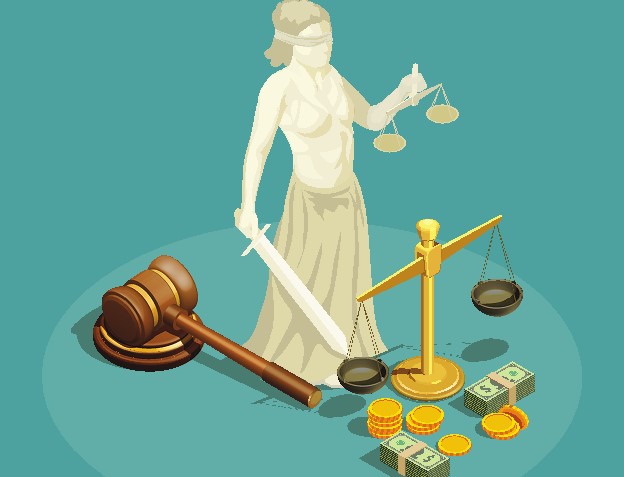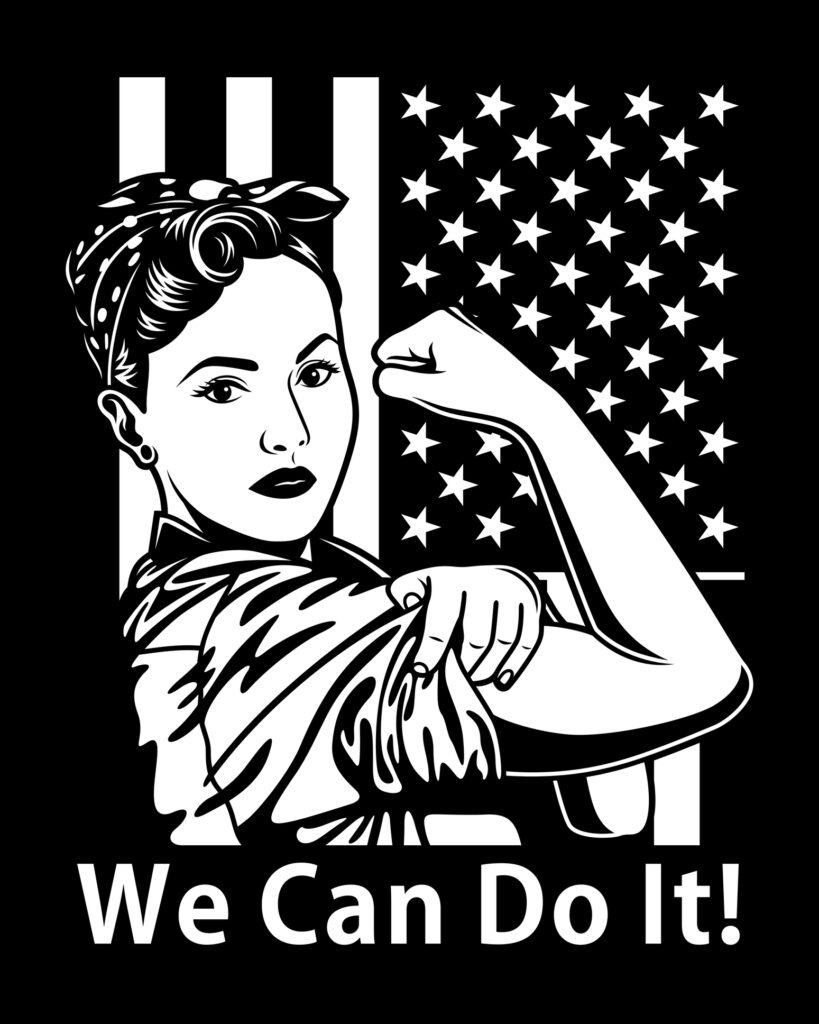
Grades 9-12
Happy EconEdMonth! Celebrate economics all month long by visiting EconEdMonth.org

Don't have an account yet? Sign up for free
Don't have an account yet? Sign up for free

Should the federal government increase the federal minimum wage?
Increasing the minimum wage is a controversial issue in the 2016 election. Students will understand contrasting arguments on the impact of raising the minimum wage. They will also gain an understanding of the direct relationship between hourly wages at work and economic decision-making when navigating a family budget.
This lesson introduces students to the federal minimum wage. The lesson begins by providing background information from the history of the policy. Students will explore the debate on the impact of the wage floor on markets and participate in a decision-making simulation on the hard choices many people at this income level have to endure.
The federal minimum wage was introduced in 1938, at the tail end of the Great Depression, through the Fair Labor Standards Act. It was initially set at 25 cents an hour and has been raised 22 times by Congress, the last time being 2009 with a bump from $6.55 to $7.25 an hour. According to the U.S. Labor Department, 3.3 million workers earned the minimum wage or less in 2013. One million five hundred thirty two thousand hourly workers earned the federal minimum while nearly 1.8 million more earned less than that because they fell under one of several exemptions (tipped employees, full-time students, certain disabled workers and others). Today, 50 percent receiving these wages are in the food preparation and service sector of the labor force. According to the Bureau of Labor Statistics (BLS), 62 percent are women and 55 percent are age 25 or older. In addition, 58 percent earning the minimum are part-time workers.
The real purchasing power of the minimum wage has been declining since 1968, despite periodic nominal increases. Thus, the challenge to live while earning this wage has never been greater. But some opponents to the minimum wage claim an increase of the federal minimum wage to a proposed $10.10 an hour will result in greater costs than benefits. The impact on small business budgets would compromise the sustainability of a future and many companies would seek alternatives to higher priced labor. Recently, some people have pointed to the growing number of states and municipalities addressing this issue and wonder why there needs to be a national debate at all.
Possible answers to the each scenario under both budgets are:
| # | $7.25 per hour | $10.10 per hour |
| 1 | Ignore his concerns. Hand wash uniforms at home. Sacrifice your own meals at work. | Take the $15 per week out of budget surplus. Increase grocery budget to pack a lunch. |
| 2 | Borrow the $10 from family. Repair shoes temporarily. Seek out charity. | Take the $10 out of the surplus. |
| 3 | Hand wash clothes for a month and fix it yourself. Shut off water until landlord fixes. | Purchase the materials out of surplus and fix. Ask for two month payments with plumber. |
| 4 | Ask your roommate to watch them. Ask your boss if they can sit at work. Have them stay home alone. | Use the $25 and $75 to make a payment toward the daycare. Reduce laundry expenses. |
| 5 | Buy a numbing gel and live with it. Pull tooth yourself. | Request a payment plan of $100 per month. . |
| 6 | Use check cashing store because of the bank’s minimum balance. Reduce work meals for fee. | Open a checking account and begin saving surplus. Begin establishing credit. |
| 7 | Send your child to school sick and hope the school nurse can help. | Pay your sister more to watch the sick child. Purchase medicine to reduce symptoms. |
| 8 | Do not tell landlord. Try to fix it yourself and hope he doesn’t notice. | Admit to it and pay for it. |
| 9 | Wait for the eviction notice. Move in with family or shelter. | Pay the additional rent, take a couple hours off from work to seek legal advice. |
| 10 | Decline when the hat is passed. | Contribute, believing that this charity may return in kind in the future. |
Review the main points of the lesson with the students:
Use the following questions to review the key points of the lesson.

Grades 9-12


Grades 9-12

Grades 9-12
